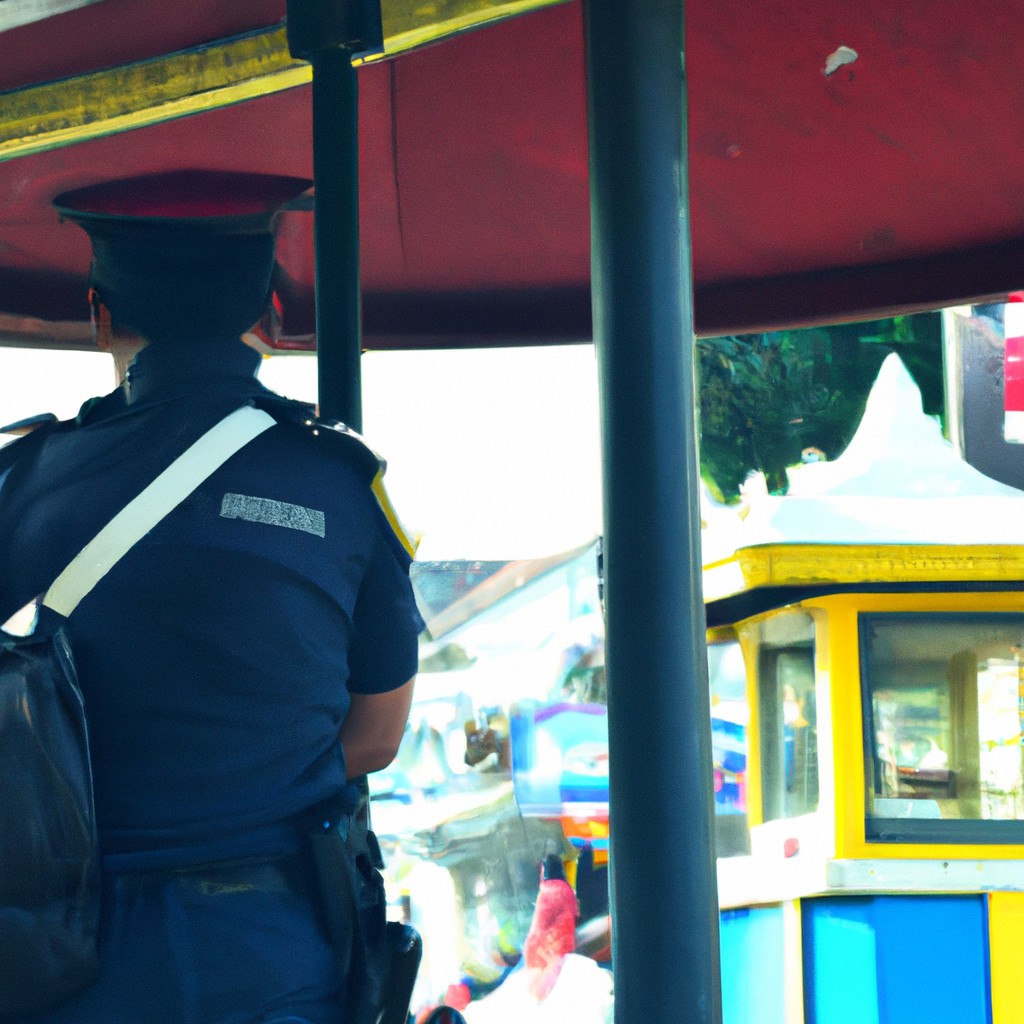Historical examples of social instability.

Throughout history, social instability has plagued societies, leaving scars that resonate even today. Take, for example, the French Revolution of 1789, which erupted due to rising inequality and widespread grievances. The revolution unleashed a wave of violence and political upheaval, leading to the fall of the monarchy and the rise of radical political factions. Another notable instance is the Russian Revolution of 1917, born out of public outrage over autocratic rule, poverty, and the horrors of World War I. This revolution transformed Russia into a communist state, but at a tremendous cost in terms of human lives and suffering. Such historical examples serve as reminders of the fragile nature of social stability and the need for continuous efforts to address societal grievances and inequalities.
Read more
Effects of social instability

Heightened social instability can have far-reaching effects on individuals and communities. The uncertainty and fear that accompany such instability can cause significant psychological distress. People may experience heightened anxiety, stress, and even depression as they grapple with the unpredictability of their surroundings. Relationships can suffer, as mistrust and tension increase. Disruptive behaviors, such as violence and crime, may also become more prevalent in socially unstable environments. Economic stability is often compromised, with unemployment rates rising and poverty deepening. Moreover, social instability can hinder access to basic necessities like healthcare and education, further exacerbating inequality. To address these effects, it is crucial to invest in systems that promote stability, ensure social welfare, and foster a sense of security and belonging within communities.
Read more
Causes of social instability

Social instability is often caused by a variety of factors that negatively impact communities. Economic disparities, where a few hold immense wealth while many struggle in poverty, create a sense of injustice and resentment. Inadequate access to education and healthcare further exacerbates social instability, widening the gap between the privileged and the marginalized. Political corruption and inept governance contribute to an erosion of trust and social cohesion. Additionally, racial and ethnic tensions, fueled by discrimination and prejudice, lead to social unrest and upheaval. Unemployment, rising crime rates, and environmental degradation also play significant roles in causing social instability. Addressing these issues through inclusive policies and social reforms is crucial to fostering stability and harmony within societies.
Read more
Social unrest and political instability

Social unrest and political instability continue to plague societies around the world, tearing at the fabric of stability and causing widespread concern. Citizens take to the streets, their voices amplified by frustration and a deep desire for change. The causes of these tumultuous times vary, from economic disparities to systemic injustice. Governmental institutions become targets, as public trust erodes and divisions deepen. Leaders grapple with the complexities of addressing such complex issues, seeking to find common ground and restore harmony. Yet, the road to resolution is often strewn with obstacles, as power struggles and conflicting ideologies intensify. These turbulent times serve as reminders of the fragility of societal cohesion and the need for inclusive governance to achieve lasting peace.
Read more
political instability

Political instability is an insidious force that undermines the very foundation of societies. It sets the stage for chaos, fear, and uncertainty, casting a looming shadow over the lives of individuals and the collective consciousness. The effects of political instability ripple through every aspect of a nation, threatening economic growth, social harmony, and the protection of human rights. It breeds a toxic environment where power struggles and corruption flourish, eroding trust in institutions and exacerbating divisions within communities. As citizens, we bear witness to the destructive consequences of political instability, experiencing the constant ebb and flow of hope and despair. It is a harrowing reminder of the fragile nature of democracy and the immense responsibility we hold in safeguarding its principles.
Read more
political instability

Political instability refers to the susceptibility of a nation's political system to frequent disruptions, uncertainties, and unrest. It is characterized by a lack of consensus, weak governance, and constant shifts in power dynamics. Such instability can be caused by various factors, including socioeconomic disparities, corruption, ethnic tensions, or ideological conflicts. The consequences of political instability can be far-reaching, impacting the economy, social cohesion, and overall development of a nation. It often leads to a lack of trust in institutions, weakened law and order, and hindered foreign investments. Addressing political instability requires robust governance, inclusive policies, and effective mechanisms for resolving conflicts.
Read more
conflict and instability

Conflict and instability are two interconnected phenomena that have shaped the course of human history. Conflict arises when opposing forces clash, whether they be individuals, groups, or nations, leading to a breakdown of peace and harmony. In the wake of conflict, instability emerges as a consequence, disrupting the social, economic, and political fabric of societies. This instability often manifests in various forms, such as political unrest, economic downturns, and social tensions, creating a volatile environment where uncertainty prevails. Resolving conflict and addressing instability are crucial in building sustainable peace, fostering development, and ensuring the well-being of individuals and communities.
Read more












